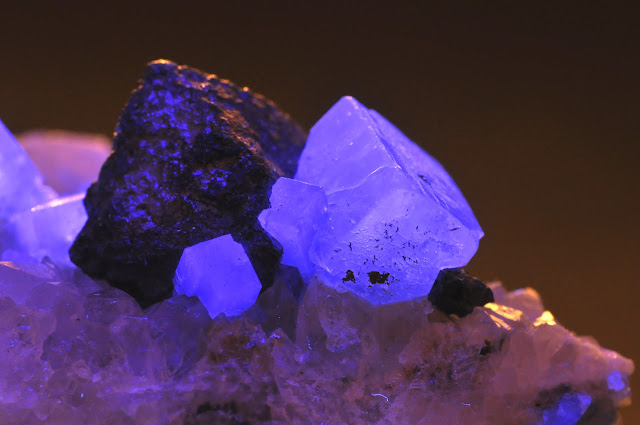Overview on advantageous and disadvantages of elemental fluorine
Fluorine (F2) is the lightest and
most dangerous halogen element, sitting at the top of the halogen group on the
periodic table. It is the most electronegative and reactive of all elements, making
it an essential component of many chemical reactions that have made our world
so advanced.
Elemental fluorine is a poisonous
gas, which can be produced in the environment by the reaction of water with
ozone or by the burning of organic compounds such as cigarettes and gasoline.
At a concentration of around 0.6 parts per million in the air, elemental
fluorine is considered to be an ozone-depleting substance and can cause
respiratory problems if inhaled. At standard temperature and pressure, fluorine
exists as a pale yellow diatomic gas with the chemical formula F2. It is one of
the most reactive elements, forming covalent bonds with almost every other
element except for oxygen and neon, which it displaces in its own compounds.
The Global
Elemental Fluorine Market is projected to surpass US$ 1,418.4 million by the end of 2028, in terms of
revenue, growing at CAGR of 7.1%
during the forecast period (2021 to 2028).
In its pure state, fluorine is
very corrosive and can cause severe chemical burns to the skin and eyes. It is
often bonded with carbon to form fluorocarbons, which are some of the strongest
and most stable bonds in organic chemistry.
It is also an essential trace
element for mammals. It has been used to produce uranium and numerous
commercial fluorochemicals, including vital pharmaceuticals and agrochemical
compounds.
In the Elemental
Fluorine Various forms of Fluorine exist in nature, but it is
most commonly found in ionic compounds such as Potassium fluoride and in the
reduced form of its minerals, CaF2 and Na3AlF6. These are commonly dissolved in
aqueous solutions, such as in fluoride toothpaste to prevent tooth decay. It is
often used in industrial processes such as the synthesis of Teflon. Uranium hexafluoride
is also used to separate isotopes of uranium. Fluorine is also one of the key
elements in air conditioning, refrigeration, and other technologies that use
hydrofluorocarbons.




Comments
Post a Comment